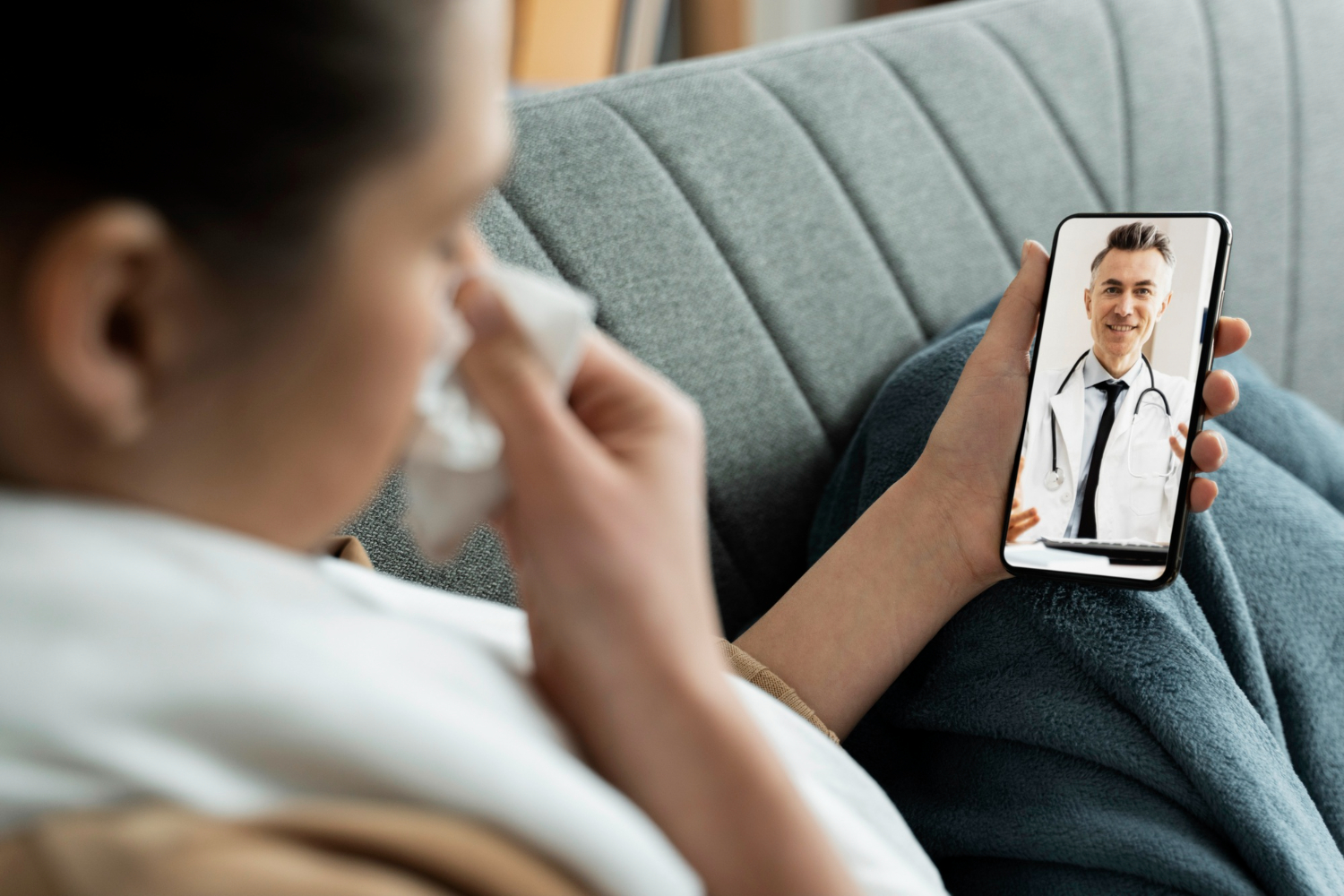Amongst all the other sectors, technology has made an impact on the medical sector too. Telehealth is a recent development in the medical ecosystem that allows health care professionals to assess, diagnose and treat patients at a distance using electronic information and telecommunication technologies. It enables video or phone appointments between a patient and their health care practitioner, even in remote locations.
How will you use telehealth and virtual visits?
The different types of telehealth and virtual visits include:
- Telehealth visits
- Telephone visits
- Virtual check-ins
- E-visits
- Remote monitoring
Through a smartphone, tablet, or computer with internet access, one can join the virtual visit. With the help of real-time, synchronous audio, and video telecommunications technology, you can get care from a provider when you can’t get an in-person visit.
These can allow you to see a health care provider, mental health counsellor or a nurse via phone. You can talk to your health care provider live over the phone.
Through telephone or another device, a brief check-in with patients is done to decide whether an office visit or other service is needed.
Such visits often happen in the office between the patient and the provider, with the help of a patient portal or secure email. One can send and receive messages from your health care provider using secure messaging, a patient portal, or email.
Many technologies allow your provider or health care team to check your health remotely. With remote monitoring, your provider can check on you at home.
What are the Advantages Of Telehealth?
Telemedicine offers many advantages like:
- Decreases strain on the healthcare system
- Reduces the rural barriers
- Assists patients with limited mobility
- Expedite Timely Care
The major advantage of telehealth services is that it is time-effective. No time wastage in travelling to the clinic and waiting for the appointment. Also, cut down time away from work, and the need for child care.
The rural areas have limited access to primary healthcare services and treatment from doctors based in metropolitan cities. With Telehealth, patients can exchange information faster, can get proper treatment with consultation, remedial measures, etc. with the guidance of healthcare providers and doctors.
Patients with limited access to transportation can use remote monitoring and access to healthcare services as quickly as possible. Disable people or senior citizens can also reach the doctors through telehealth services without worrying about travelling.
With the help of the doctor consultation online, one can quickly judge, and the patient can be referred to the emergency room immediately. In an emergency, a personal health record can quickly give emergency staff vital information.
Also Read: 10 Things You Should be Aware of Before Consulting a Doctor Online
How can you make this the best experience for patients?
Poor planning and inadequate training are the main reasons for failure. So, before launching a telemedicine program in the clinics, providers should identify the technology their patients are most comfortable using. For many patients, shifting from in-person visits to virtual appointments can feel uncomfortable. So it’s important for providers to practice administering telehealth to make sure they deliver a polished experience to the patients. Understanding patients’ current situations will help providers engage with them in new and meaningful ways.
How will you track your success with telehealth and virtual visits?
There are many ways to track your success, out of those some are listed below:
- Track down the Visits
- Trace Patient metrics
- Staff metrics
- Provider metrics
- Financial metrics
- Service metrics
Conclusion
Now you don’t have to drive to the doctor’s office or clinic or sit in a waiting room when you’re sick, thanks to Telehealth.



